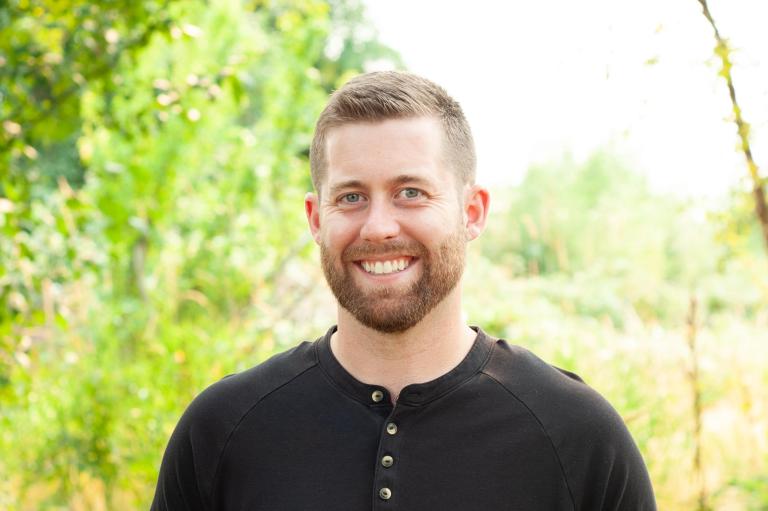
Over the past five years, almost every workshop I’ve led has involved, in one way or another, something called “shadow work.”
I’ve written a longer explainer on my own approach to shadow work and somatic shadow work, in particular, but here’s the gist of it. As you read, I invite you to pause and think about how this is connecting with your own life experiences, stories, and desires.
1. We all have shadows – this is not a bad thing.
This is vital to internalize: our shadows are not the “bad parts of us.”
I wrote in Unmasking the Inner Critic that “when we experience this imperfect world, no matter our position within it and with all the illusions it foists upon us, none of us come away unscarred.” We each develop shadows and stories we tell ourselves about ourselves regarding who we are the way the universe works.
These shadows are not “bad” or “evil,” although they are almost always uncomfortable.
James Hollis says: “Expressed in its most functional way, the Shadow is composed of all those aspects of ourselves that have a tendency to make us uncomfortable with ourselves…it is what discomforts the sense of self we wish to have.”
These shadows often come in two forms (to borrow from Internal Family Systems): protectors and exiles. Some of our shadows operate as protective mechanisms within us, keeping us safe in a world of trials and terror. Other shadows might be exiles, parts of ourselves we’ve pushed down or away and placed a guard in front of for safe keeping.
Regardless of their function, these are the aspects of ourselves we’d rather not deal with, that we’d rather reject or ignore, and that we certainly don’t want others to see.
They are not good or bad; they do not require shame, guilt, or blame. They simply are.
(Note: some psychologists and practitioners refer to The Shadow as a singular part of us; others, including myself, use the plural to describe different shadows we hold.)
2. There are 3 levels of shadow work.
Shadow work is a process of increasing our capacity to be aware of and in connection with our shadows, not to destroy them, but to hold them in gentleness and care. Andrea Owen writes that it is “about finding the courage to acknowledge and integrate these parts, so we can live more fully and authentically.”
But here’s the plot twist – we don’t only have personal shadows.
Instead, we have shadows at three different levels: personal, communal, and societal.
This means that for deep healing to occur, which is always about more than just ourselves, shadow work has to be done in all three of these levels. Here are three quick prompts for identifying shadows at each level:
- Personal: What are the parts of yourself you would prefer to not examine, deal with, or work through?
- Communal: What conversations within your communities are avoided, evaded, and papered over?
- Societal: What aspects of society, when noticed and named, create mass defensiveness? What institutions or concepts are deemed “too big to fail?”
If shadow work isn’t done, the cost and consequence is continuing to perpetuate the status quo, living on autopilot, and the experience of becoming numb to everything around and within us.
So how do we do this?
3. Shadow work is an embodied, somatic practice.
If we all have shadows, shadow work is a process of learning to see them, sit with them, move with them, and notice their impact in our day-to-day: in our bodies, our inner narratives, our relationships, and our actions.
It isn’t about destroying these parts of ourselves, but rather, seeing them with soft eyes. And not just cognitive seeing – this inner work has to be engaged holistically through our bodies, our emotions, our vibrations, our imaginations, and our histories. It is deeply spiritual work done through:
- conversation
- discernment
- questioning
- meditation
- long walks
- journaling
- listening
- playing
- action
At its core, it’s integration work, not annihilation work. It is a descent into a deeper awareness of our inherent dignity that lives beneath the layers of protections we’ve crafted for ourselves. It is about how we enter deeper into our communities with a posture of healing.
Richard Rohr reminds us of the importance of this work: “We need to consciously acknowledge the shadow, especially in ourselves, and work to integrate it, or we will be at its mercy.”
Interested in getting started with your own shadow work?
In October and November, I’ll be leading my 6-week course on shadow work. As part of this course, you’ll receive:
- 4 90-minute live sessions of teachings and engaged inner work,
- 2 90-minute live practice spaces for community sharing,
- a collection of practical somatic tools you can integrate into your daily life, and
- a 30+ page guidebook w/all activities, materials, and journaling prompts all in one place for your ongoing work.
If you’re interested, you can check it out here!
From folks who have participated in this course:
“I love having the tools to actually do my inner work. It’s no longer just theory or a wish for the future.” –Mary P.
“My greatest learning from our time together: I’m not alone!” –Jerry H.
“This is right where I need to be right now.” –Becky K.
“This touched what is on my heart.” –Elizabeth S.

















